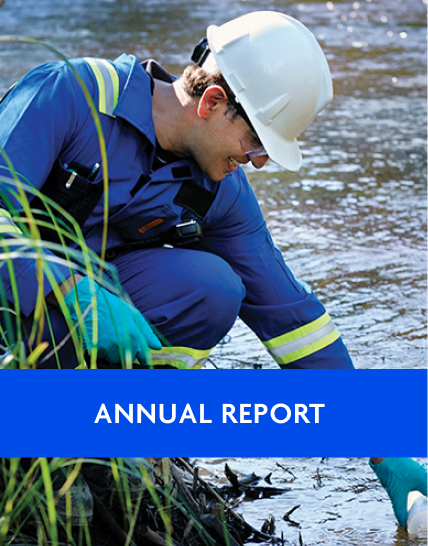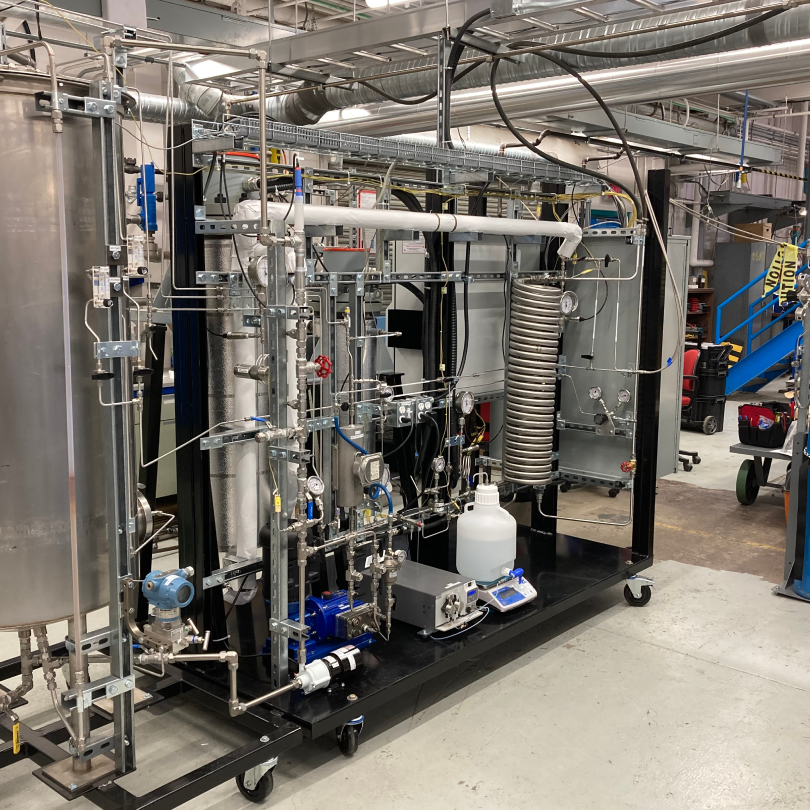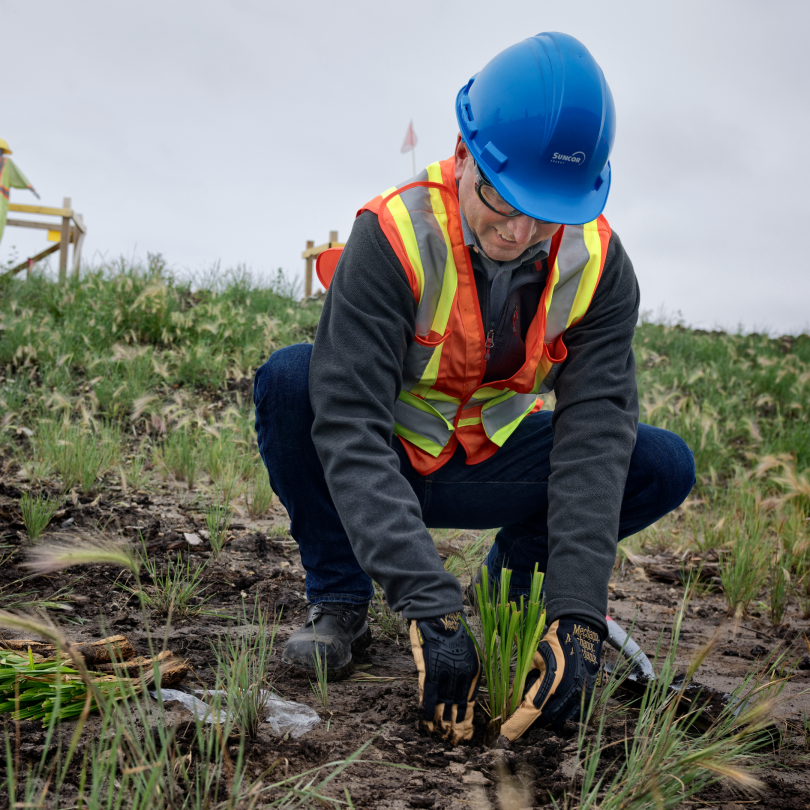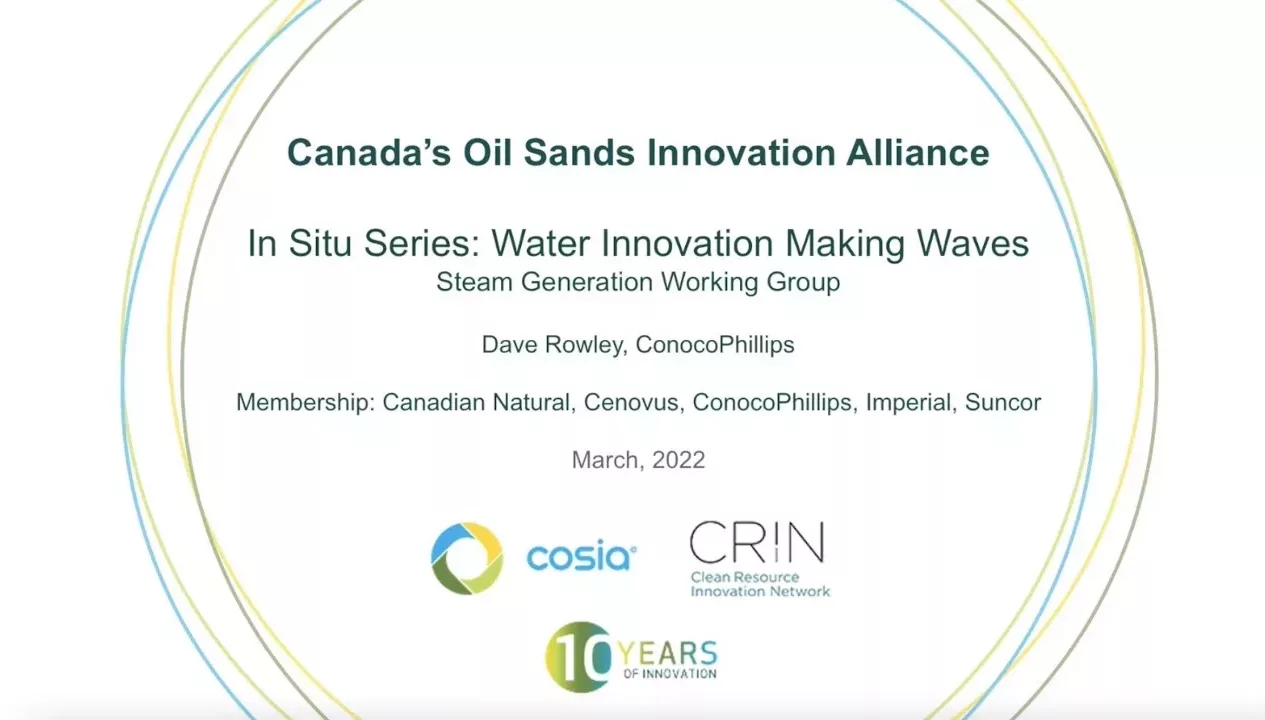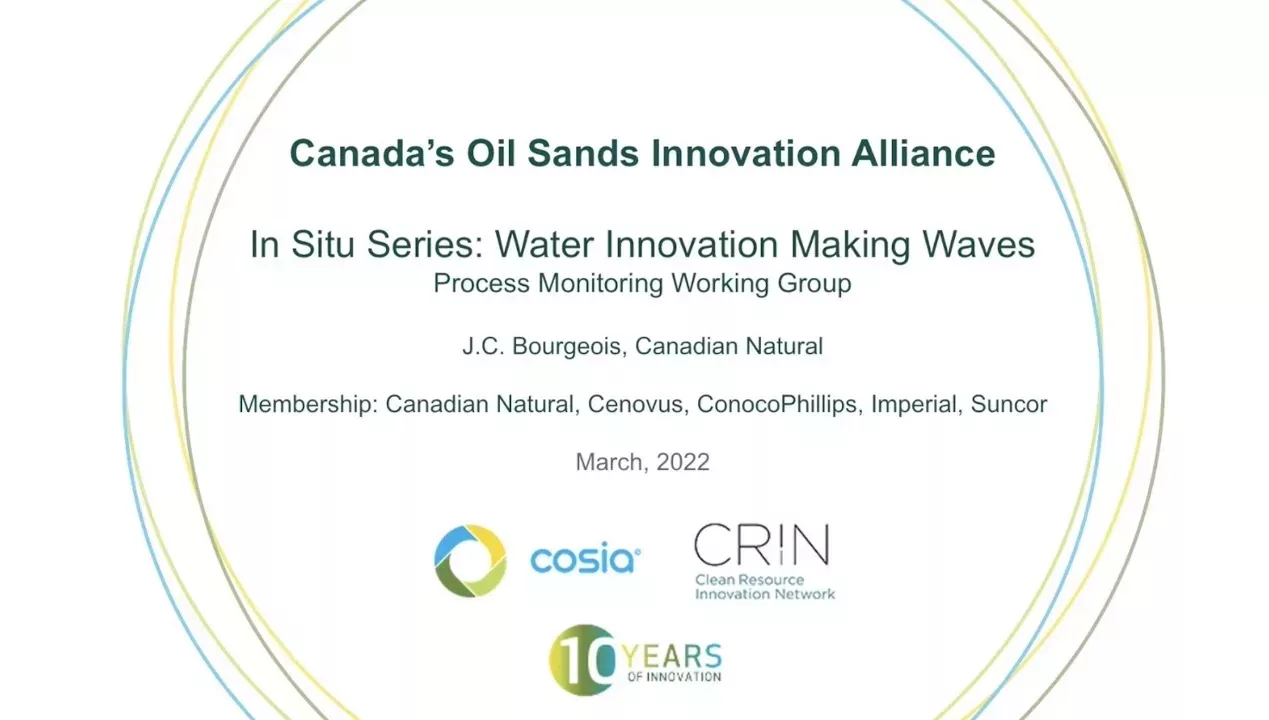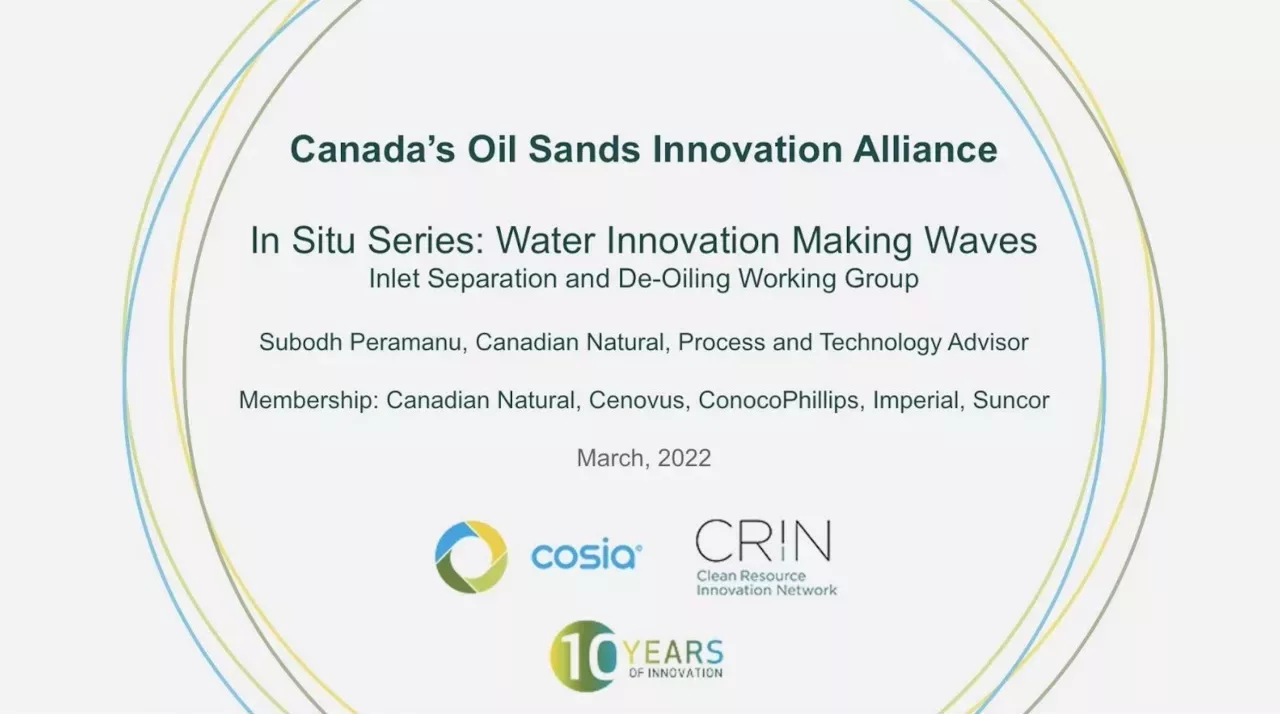Water Priorities
Our water management efforts are focused on developing innovative solutions to how water is managed at in situ and oil sands mining operations.
Reduce freshwater-use intensity
Improve water-treatment processes
Improve steam-generation efficiency
Water innovation opportunities
We want to hear from anyone with an idea—academics, researchers, inventors, entrepreneurs—that can help us improve water management in the oil sands. Explore the current innovation opportunities to see where you can contribute.
| Challenge | Tags | Details | |
|---|---|---|---|
| Low Energy Treatment Technologies | Water |
New or improved low-energy technologies that can effectively treat OSPW or highly saline depressurization water for return to the Athabasca River. The technology should be economical and require minimal energy and maintenance for long term operation. Passive or semi-passive treatment systems that detoxify OSPW have several advantages over active treatment systems like ozonation including lower net environment effect, lower costs and the ability to deploy during the active mining and reclamation phases of mine life. |
Download Challenge Brief |
| Alternative Silica Removal Technologies | Water |
Develop new technologies to remove silica from produced water that also improve the operational performance (lower costs, improved reliability) and net environmental effects (lower GHG emission intensity, improved waste management) of oil sands in situ operations. |
Download Challenge Brief |
| Online Water Hardness Analyzers | Water |
Improve in situ process monitoring through the collaborative improvement/development online analyzers, and analytical techniques/best practices, and in situ laboratory analytical methods, with the goal of improving the stability, utilization of in situ produced water treatment facilities. |
Download Challenge Brief |
| Technologies that Improve Existing Once Through Steam Generation Performance | Water |
Improve the design/operation of existing Once Through Steam Generators (OTSGs) to generate more injection steam and/or increase steam generator operating uptime, while improving water recycle, reducing disposal and reducing energy use/GHG intensity. |
Download Challenge Brief |
Water: featured content
Read more about our efforts to improve water management practices.
